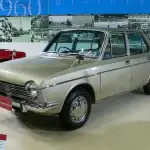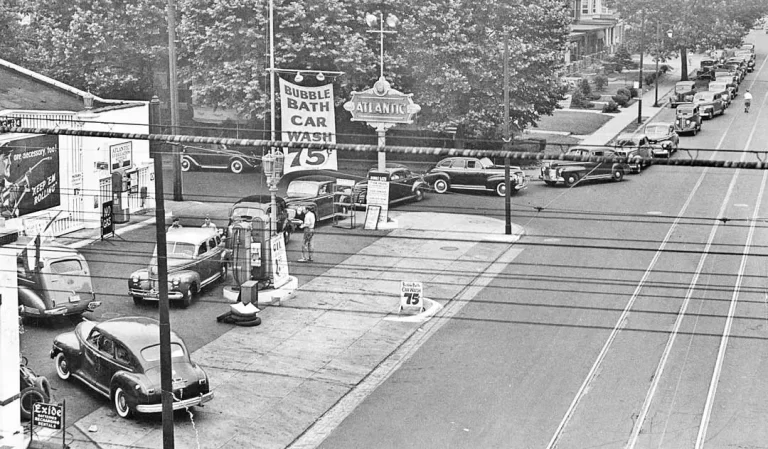
Felix Wankel was a German engineer and inventor whose groundbreaking work in engine design revolutionized the automotive industry. Born on August 13, 1902, in Lahr, Germany, Wankel’s life was dedicated to the pursuit of engineering excellence and innovation. His most significant contribution to the world was the invention of the rotary engine, a revolutionary design that would find its way into a variety of vehicles, including cars, motorcycles, and even aircraft.
Felix Wankel grew up in a family of modest means, but his passion for engineering was apparent from a young age. He showed a knack for mechanics and engineering principles, which eventually led him to pursue formal education in the field. Wankel attended the Technical University of Munich, where he honed his skills in mechanical engineering.
Invention of the Rotary Engine

Wankel’s journey into engine design began in the 1920s when he started experimenting with new engine concepts. He was particularly interested in improving internal combustion engines, which were the heart of the rapidly evolving automotive industry. His fascination with engines led to the development of the rotary engine, also known as the Wankel engine.
The Wankel engine was a radical departure from traditional piston engines. Instead of relying on pistons moving up and down in cylinders, it utilized a rotating triangular rotor within an oval housing. This innovative design eliminated many of the complexities and vibrations associated with piston engines, resulting in a smoother and more efficient power delivery.
Early Development and Challenges
Wankel’s initial attempts at perfecting the rotary engine faced numerous technical challenges. He spent decades refining his design, seeking support from various engineering companies and organizations. One of the major breakthroughs came in the 1950s when Wankel collaborated with the NSU Motorenwerke AG, a German motorcycle and automobile manufacturer. Together, they made significant progress in developing a working rotary engine prototype.
The First Rotary-Powered Cars

In 1960, the world witnessed the debut of the NSU Wankel Spider, a small sports car equipped with the first production-ready rotary engine. This marked a significant milestone in automotive history. The Wankel engine offered a lightweight and compact solution with exceptional power-to-weight ratios. It garnered attention not only for its technical innovation but also for its smooth, high-revving performance.
While NSU was an early adopter of the Wankel engine, it was Mazda that truly embraced and refined the technology for mass production. In 1967, Mazda introduced the Cosmo Sport 110S, the world’s first production car powered by a twin-rotor Wankel engine. This launch marked the beginning of Mazda’s enduring commitment to rotary engines.

Throughout the 1960s and 1970s, Mazda continued to develop and refine the Wankel engine, using it in various models, including the iconic Mazda RX-7. The rotary engine gained a reputation for its high-revving performance, smooth operation, and distinct exhaust note. It became synonymous with Mazda’s brand identity.
Felix Wankel’s invention not only transformed the automotive industry but also found applications in aviation, motorcycles, and other sectors. His revolutionary engine design received numerous awards and recognitions during his lifetime. Though Wankel passed away on October 9, 1988, his legacy lives on in the form of the rotary engine, which continues to inspire innovation and fascination among engineers and automotive enthusiasts worldwide. Note: It should be noted, Wankel was a member of the Nazi party and a known antisemite.

















